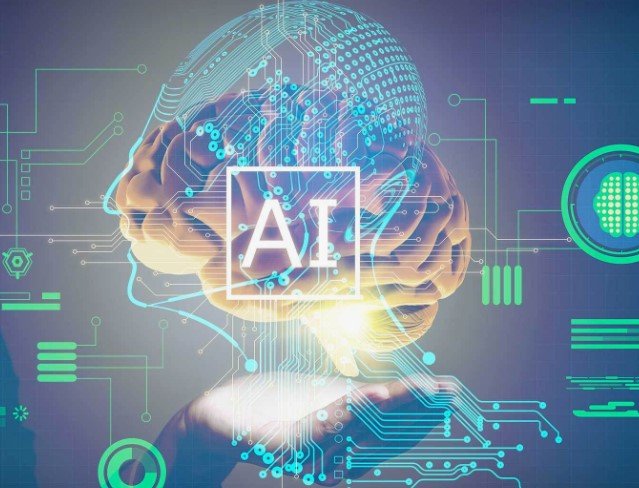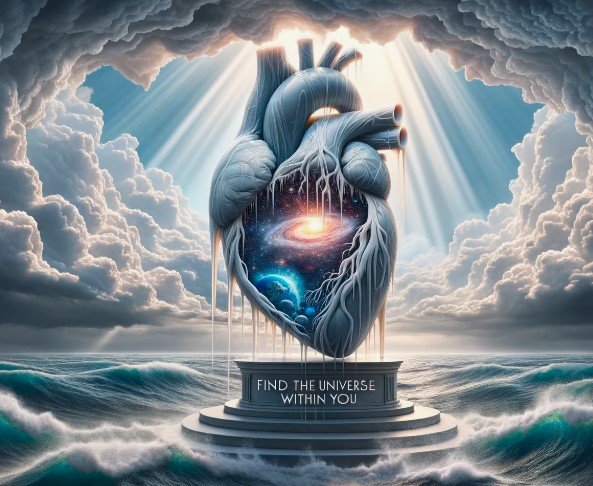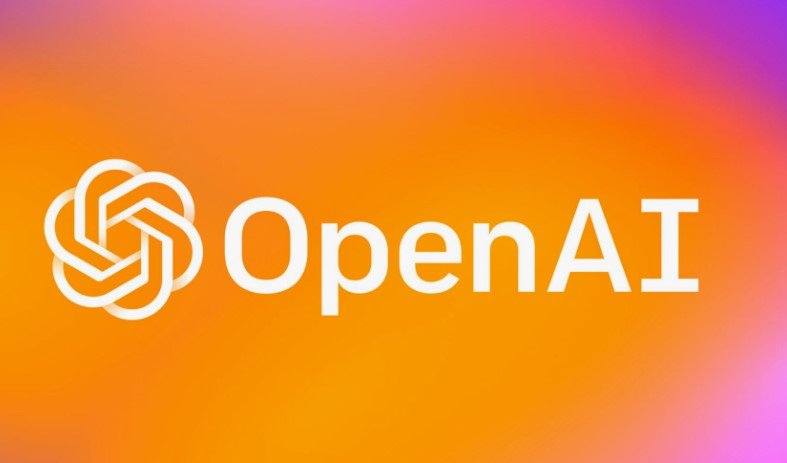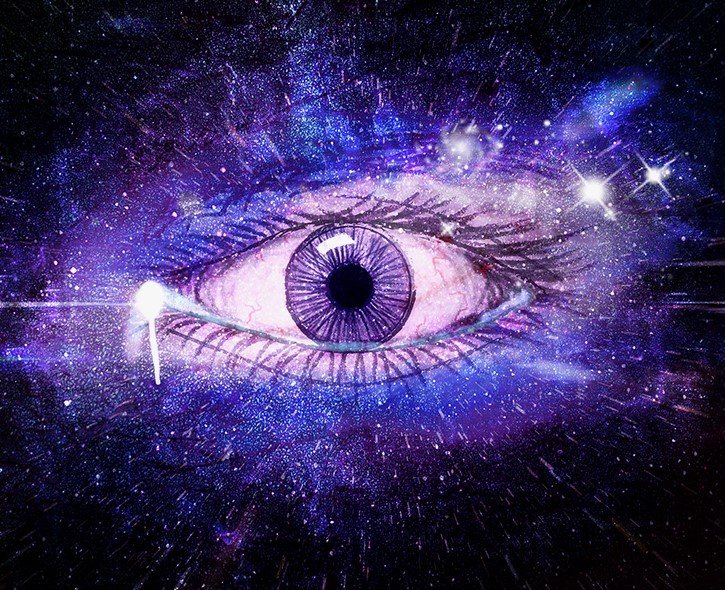Image Generation: Open AI refers to artificial intelligence tools designed to create visuals. These tools leverage machine learning to generate images from textual descriptions.
OpenAI has developed several advanced AI models capable of image generation, transforming the way visuals are created and used in various industries. Image generation AI, like OpenAI’s DALL-E and CLIP, allows for the creation of pictures, art, and designs simply by interpreting human language input.
This technology is revolutionizing graphic design, content creation, and digital media by enabling rapid and complex image production that can adapt to specific textual prompts. The implications for artists, designers, and marketers are significant, as it opens up new avenues for creativity and efficiency in visual content generation. By harnessing the power of neural networks, OpenAI’s image generation tools are setting a new standard for how we interact with and produce digital imagery.
Image Generation Open AI

Table of Contents
History Of Image Generation Dall E Ai
Image Generation Open AI has changed how we create pictures. The DALL E AI system can make new images from words. This is a big step in art and technology. Let’s look at how this all started and how it gotmakester over time.
Early Techniques
Long ago, making pictures from words was not easy. Artists would draw by hand. Computers changed this. They started with simple shapes and colors. Then, they used rules to make pictures. These first steps were important. They showed that computers could help in art. Here are some ways people made images before DALL E AI:
- Vector Graphics: Simple networks made pictures.
- 2D Bitmaps: Pixels on a grid make an adversarial network
- procedural Generation: RulesDalethe computer how to make pictures.
Advancements in Deep Learning
Deep learning made computers smart. They could learn from lots of pictures. Then, they could make new ones. This was a huge step. Computers needed less help from people. They could understand what makes a good picture. DALL E AI uses deep learning in a big way. It can see what words mean. Then, it turns them into pictures. Here are some big things that made DALL E AI work:
| Year | Advancement |
|---|---|
| 2010s | Neural Networks got much better at seeing images. |
| Mid-2010s | Generative Adversarial Networks could make new images. |
| 2020 | DALL E AI could turn words into unique pictures. |
Openai And Image Generation
OpenAI has made a splash with its AI image generator from image technology. It’s a big leap in how we create pictures. Artists and creators are excited about this new tool. It uses smart AI to make images from text or to improve pictures we already have. Let’s dive into what OpenAI is doing to change art with AI.
Openai’s Role
OpenAI is a leader in the AI field. Their work with the DALL-E image generator is groundbreaking. This tool can take words and turn them into pictures. Imagine writing about a pink elephant playing chess. DALL-E can make that picture! This is just one-way OpenAI is pushing boundaries.
- Creates art from words: Just type and get a picture.
- Changes images: Take an old photo and let DALL-E make it new.
- Helps artists: Gives them a new way to make art.
It’s not just for fun. Businesses can use this to make logos or designs. Education can use it to help kids learn with visuals. The possibilities are endless.
Gpt-3 And Image Generation
GPT-3 is another cool tool from OpenAI. It’s smart at understanding and using language. Now, it helps with Text-to-image AI. This means it can read a sentence and show you a picture of what that sentence means.
| Feature | Description |
|---|---|
| Language Understanding | GPT-3 gets what you write. |
| Image Creation | It turns words into images. |
| Innovation | It’s a new step in AI and art. |
Think of DALL E AI. It uses GPT-3 to read a text and then paint a picture. This is big for creators and tech lovers. Kids can write stories and see them come to life. Marketers can create ads that grab your eye. The future is bright with GPT-3 and Image Generation Open AI.

Generative Adversarial Networks (gans)
The world of image generation Open AI is amazing. It uses a smart method called Generative Adversarial Networks (GANs). This method helps computers create new images that look real. Let’s dive into how GANs work and what they can do.
Understanding Gans
Generative Adversarial Networks (GANs) are like a game between two players. One player is the Creator, and the other is the Checker. The Creator makes images. The Checker tries to tell if these images are real or made up. Through this game, the Creator learns how to make better and more real-looking images. Here’s a simple way to see how they work:
- The Creator makes an image.
- The Checker looks at the image and real images. It guesses if the Creator’s image is real or fake.
- If the Checker guesses wrong, the Creator wins a point.
- This game keeps going. Over time, the Creator gets really good at making images that look real.
This smart game helps computers learn how to make new images. These images can be of anything, like animals, places, or even things we have never seen before!
Applications Of Gans
GANs are used in many cool ways. Here are some examples:
| Use | Description |
|---|---|
| Art Creation | Artists use GANs to create new kinds of art. |
| Video Games | Game makers use GANs to make new game worlds. |
| Fashion | Designers use GANs to think up new clothing styles. |
| Helping Scientists | Scientists use GANs to picture things they can’t see well, like tiny cells. |
These are just a few ways people are using GANs. They help in art, games, fashion, and science. GANs are making it easier to imagine and create new things. They show us how creative computers can be!
Variational Autoencoders (vases)
The world of artificial intelligence is always evolving. Image Generation Open Ai has made big steps forward. It uses smart tools called Variational Autoencoders (VAEs). These tools help computers make new images that look real. Let’s dive into what VAEs are and how they are used.
Understanding Vaes
Variational Autoencoders, or VAEs, are a type of AI. They learn how to make new images. They don’t just copy; they understand styles and patterns. Think of VAEs as artists who learn by looking at lots of pictures. They then create their art. Here’s how they work:
- They look at many images.
- They learn what makes each image special.
- They use this knowledge to make new images.
VAEs have two main parts. One part is the encoder. This part takes an image and turns it into numbers. The other part is the decoder. It uses numbers to make a new image. Together, they can make images that were never seen before.
Applications Of Vaes
VAEs help in many areas. They are not just for fun. They also help solve problems. Here are some ways people use VAEs:
- In healthcare, they help make pics of the inside of the body.
- In video games, they create new levels and characters.
- In science, they help us see how things might look in the future.
VAEs also help companies show customers how products can look. For example, they can change the color of a car before it’s made. This helps the customer choose what they like best. VAEs are very useful tools for making new things and ideas.
Conditional Image Generation
Artificial Intelligence (AI) is creating pictures from text. It uses words to make art. This is called Conditional Image Generation. It’s like telling a robot to draw a cat and it does!
Introduction To Conditional Image Generation
Conditional Image Generation is a smart way to make pictures. Imagine telling a computer to make a photo of a beach. It can do that! It looks at words and turns them into pictures. This works with lots of different words. You can ask for a red car, a happy dog, or anything else. Here’s how it’s special:
- Smart Learning: The AI learns from lots of pictures and words.
- Creating Art: It can make new pictures that don’t exist yet.
- Following Rules: The AI can understand what you ask for.
Applications Of Conditional Image Generation
This cool AI tool helps in many ways. It can make pictures for stories. It can help designers make new things. It can even help us learn better. Here are some uses:
| Where It Helps | How It Helps |
|---|---|
| Books | Makes pictures for stories. |
| School | Helps students see what they learn. |
| Games | Creates new characters and worlds. |

Ethical Considerations Chat-GPT Image Generator
AI technology has grown quickly, especially in creating images. Image Generation Open AI introduces tools like ChatGPT image generator and DALL-E 3. These tools make pictures from text descriptions. This power has big effects on how we make and use images. We must think about the right and wrong ways to use this tech. Our talk here covers important rules and problems with using AI image generators.
Potential Misuse
The power of AI image generators can lead to wrong actions. The tech might make fake images that look real. This could trick people or spread false stories. We see risks like:
- Creating fake pictures of events that never happened.
- Using someone’s face without asking them first.
- Making art that copies a real artist’s style, which is not fair.
These points show why we need rules. Good rules help stop
Future of Image Generation
The world of art and design is buzzing with excitement. New tools for making pictures are changing the game. These tools are smart – they learn and create. This is all thanks to Open AI’s breakthroughs in image generation. Artists and companies are watching closely. They see a new future where they can make images faster and in new ways.
Advancements In Ai
AI is getting smarter and more creative. Open AI has made big steps forward. Now, computers can make pictures that look like they were made by people. They use a thing called neural networks. These are like a tiny brain inside the computer. They learn from lots of pictures and then make new ones. Here are some cool things AI can do now:
- Learn from photos to make new images.
- Create art in the style of famous artists.
- Change day photos to night and add things that weren’t there.
These AI tools are getting better every day. They can make pictures that are more detailed and more like what we ask for. This helps people who make games, movies, and ads. They can make cool stuff without needing lots of time or money.
Implications For Various Industries
Many types of work are seeing changes because of AI image tools. Here’s how they help:
| Industry | How AI Helps |
|---|---|
| Entertainment | Makes special effects and new characters. |
| Advertising | Creates ads that look real without a photoshoot. |
| Healthcare | Helps doctors see medical images better. |
| Education | Makes learning fun with pictures and diagrams. |
These tools are not just for making pretty pictures. They help solve problems. Like in healthcare, they make it easier to find diseases in X-rays. In education, they make books with pictures that help kids learn better. Businesses make ads that catch your eye more. Even car companies use AI to design new cars. It’s a big deal for so many people!
Conclusion
Exploring image generation with OpenAI marks a thrilling leap forward in creative technology. This tool unlocks endless possibilities for artists, designers, and innovators alike. Embracing this AI-driven future promises to redefine visual content creation. Start experimenting now to unleash your full creative potential and stay ahead in the digital evolution.



